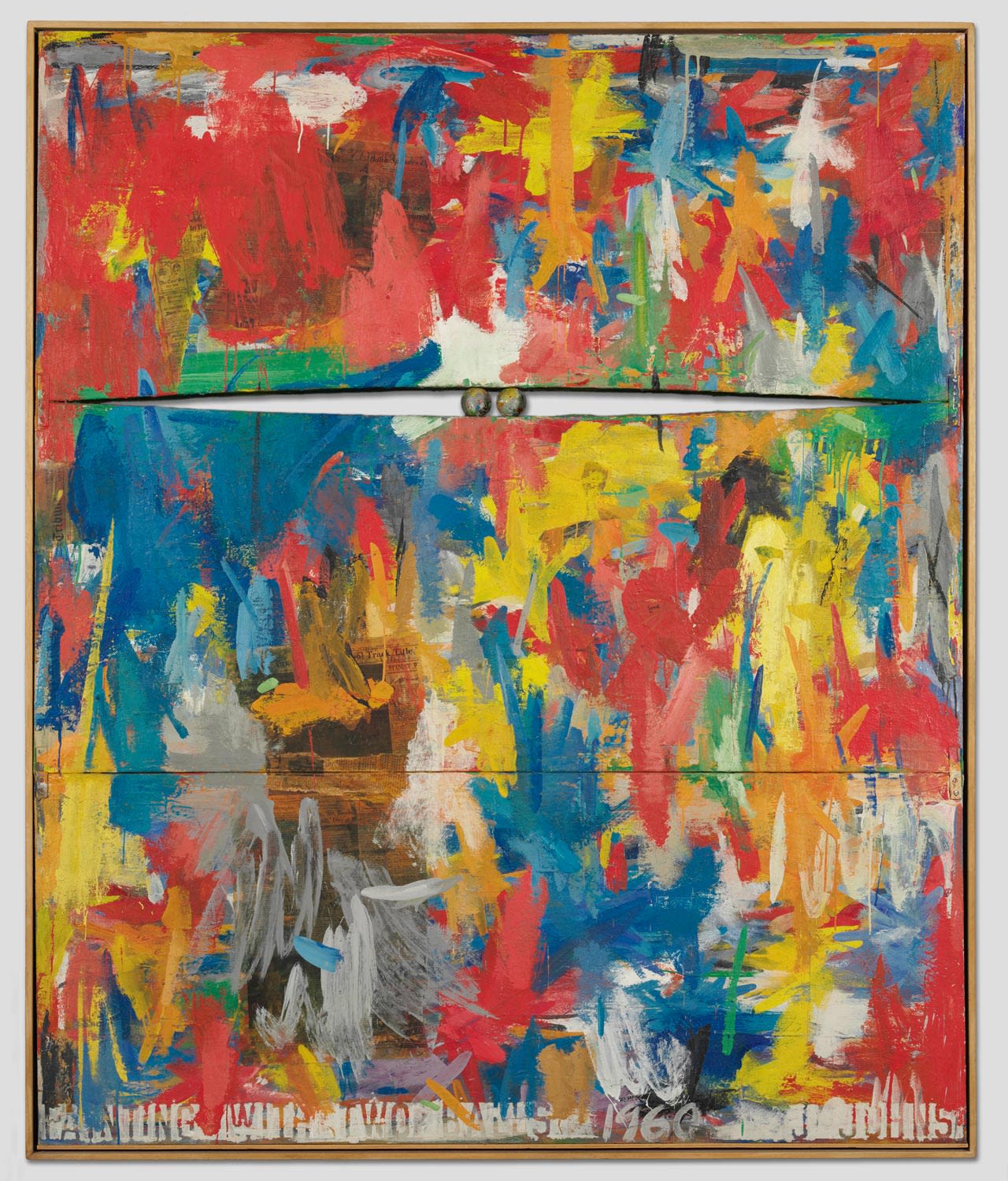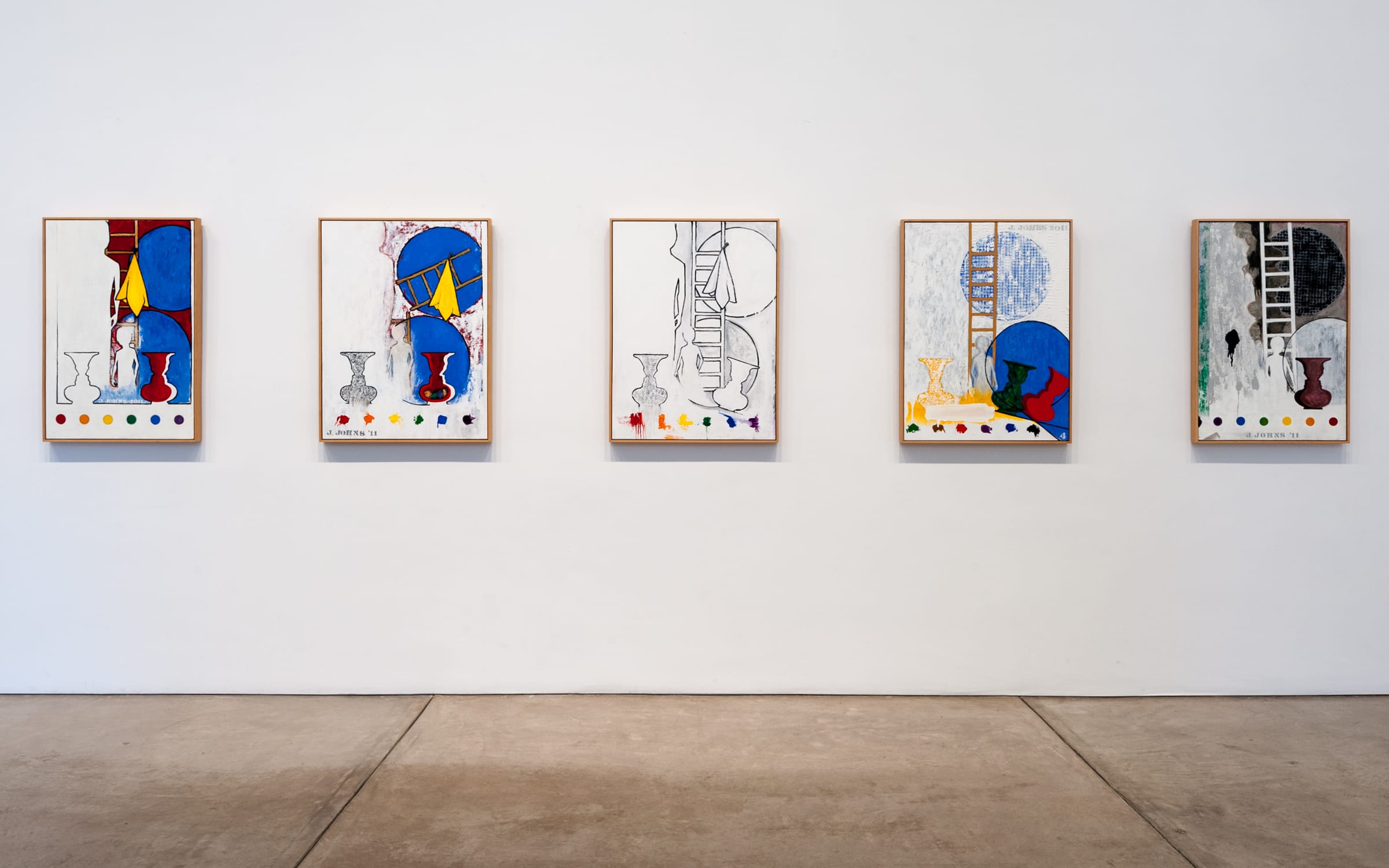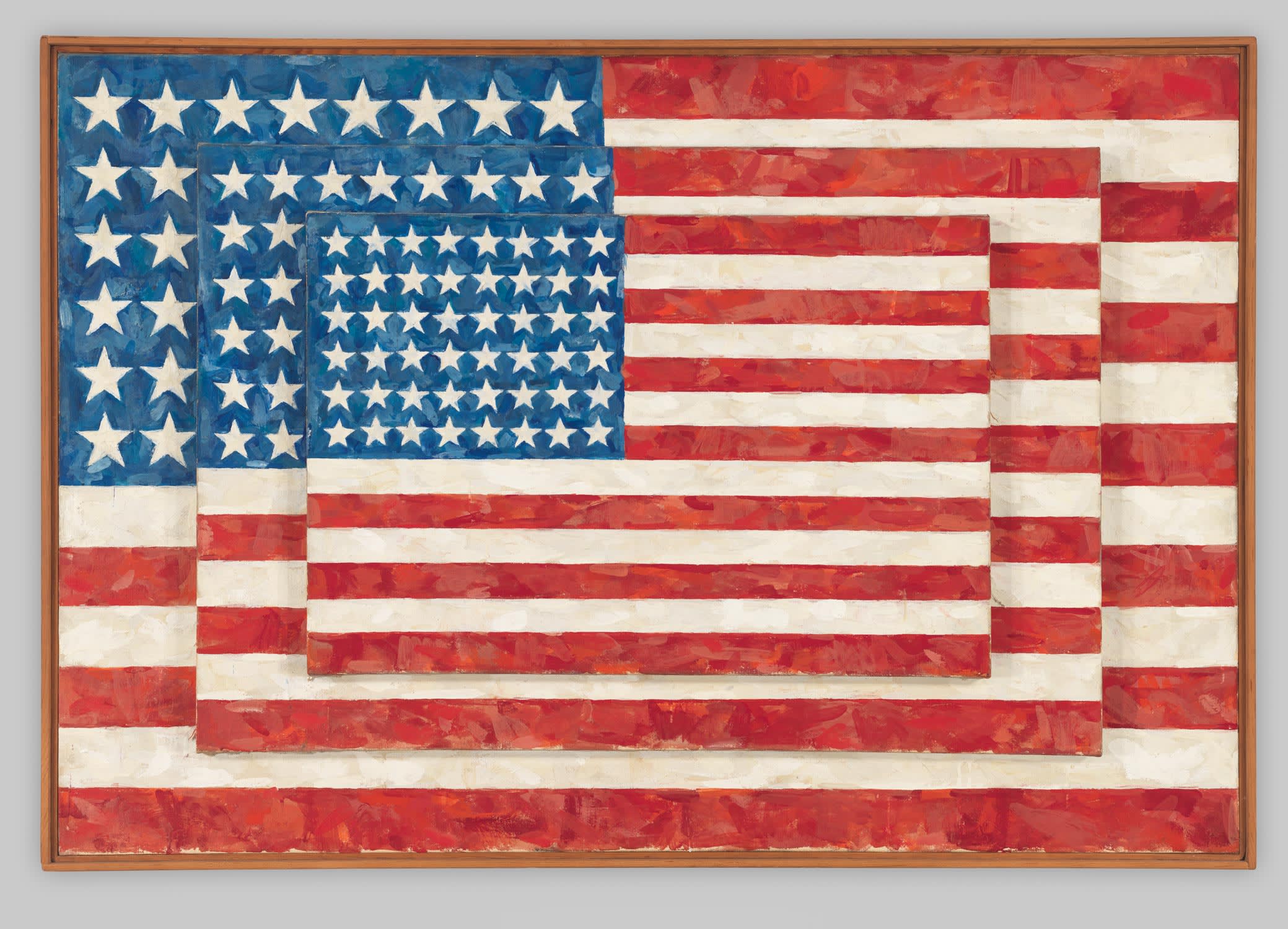Reinventing Jasper Johns
Curator Carlos Basualdo on meeting the iconic artist and what to expect from his upcoming double-institution show at the Philadelphia Museum of Art and the Whitney Museum
Log in and subscribe to receive Art Basel Stories directly in your inbox.
The 60-plus-year career of Jasper Johns, one of the great artmakers of our time, will be the subject of an unprecedented dual-institution, simultaneous exhibition next fall, when the Philadelphia Museum of Art and the Whitney Museum of American Art in New York City jointly present a full retrospective covering every aspect of the 89-year-old artist’s career. Carlos Basualdo, the PMA’s senior curator of contemporary art, describes his personal history with Johns’ work and how he and his co-curator, the Whitney’s senior deputy director of programs and chief curator Scott Rothkopf, approached this historic show.
‘I first encountered Jasper Johns’ work while living in Argentina close to 30 years ago. At the time I was writing poetry and art criticism, and I stumbled upon the exhibition catalog from the Johns show, very appropriately, at the Philadelphia Museum of Art. It had been curated by Mark Rosenthal for the U.S. Pavilion of the 1988 Venice Biennale.

‘In September of 2005, I started working at the Philadelphia Museum as Curator of Contemporary Art, where there is a room devoted to Johns’ sculptures and paintings. The room was installed in 2000, but some of the works had been on loan to the museum for many decades, since 1970, when the institution organized an exhibition of his prints. The connection between Johns and Philadelphia goes back in time to the late 1950s, when the artist visited the museum for the first time with Robert Rauschenberg to see the Arensberg Collection, and specifically the work of Marcel Duchamp. Johns was close to Anne d’Harnoncourt (the longtime director of PMA) and to members of the Duchamp family, Teeny Duchamp, and her daughter Jackie Matisse-Monnier.
So, just after being brought on board in 2005, Anne took me to visit Johns at his home in Sharon, Connecticut. I remember the long car trip. We were seated in the back, talking the entire time, how happy she and Jasper were to see each other. Since then, Johns has been a very big presence in my life. During the last 15 years, I have been lucky to visit Sharon often, and to witness Johns developing one extraordinary body of work after the other: ‘Regrets’, ‘Farley Breaks Down’, and his recent amazing ‘skeleton drawings’.

‘The influence of Johns in contemporary art seems paradoxically difficult to assess, as it is so deeply entrenched and far extended. He has been a cornerstone of contemporary art since the 1960s, and in some ways, his influence should be determined by the immense number of artists who have studied and been inspired by his work. In the U.S., Johns’s work was key for artists such as Bruce Nauman and Richard Serra, who themselves are two of the most influential artists alive. A recent book by Flavio Fergonzi points at the centrality of any consideration of Johns’s work for the development of Italian art in the 1960s—for artists such as Piero Manzoni, Pino Pascali, and Giulio Paolini. I believe that future research will show how important his work has also been for artists in Germany, Japan, and beyond.
For many younger artists, Johns is an icon, much like Johns admired Marcel Duchamp. These two iconic artists are such an integral part of the creative landscape that their influence might be taken for granted. One of the goals of our show organized by the Philadelphia Museum of Art and the Whitney Museum of American Art is to open up the work for a younger generation, to disrupt the cemented views of the work, to allow the viewer him or herself to reinvent it. To relate directly to its vital core and to its thoughtful dynamism.
Either mapping is wrong or this module has no Frontend component yet.

‘I met Scott Rothkopf, my co-curator, when my wife was doing a postdoctoral fellowship at Harvard. It was natural to think of Scott as the ideal partner for an exhibition on Johns’s work: Scott has a deep understanding of the work and possesses a truly unique sensibility of installation design. He is both careful and adventurous and is very invested in making the work accessible to a younger generation of artists and viewers. Most importantly, Scott is an artist’s curator and thinks of the artist first.
From my perspective, the reasons why the show has taken the shape that it has are fundamentally theoretical. I do think of exhibitions as a form of embodied thinking, a praxis. They are expressive forms, meaning that they intend to communicate, but not through language. I believe that in an exhibition, communication takes the form of an experience. The form of the show is - or should be, in my view - the response of a specific problem, which in this case was our desire to address the logic of Johns’s work.

Top image: Jasper Johns in his New York studio.
Jasper Johns is represented by Gemini G.E.L. (Los Angeles), ULAE (New York), Lévy Gorvy (New York), Carolina Nitsch (New York), Acquavella Galleries (New York), Matthew Marks Gallery (New York), and Susan Sheehan Gallery (New York).
This article was originally published in Art Basel Miami Beach Magazine, which will be available in select locations in the US from November 20th 2019 onwards.

